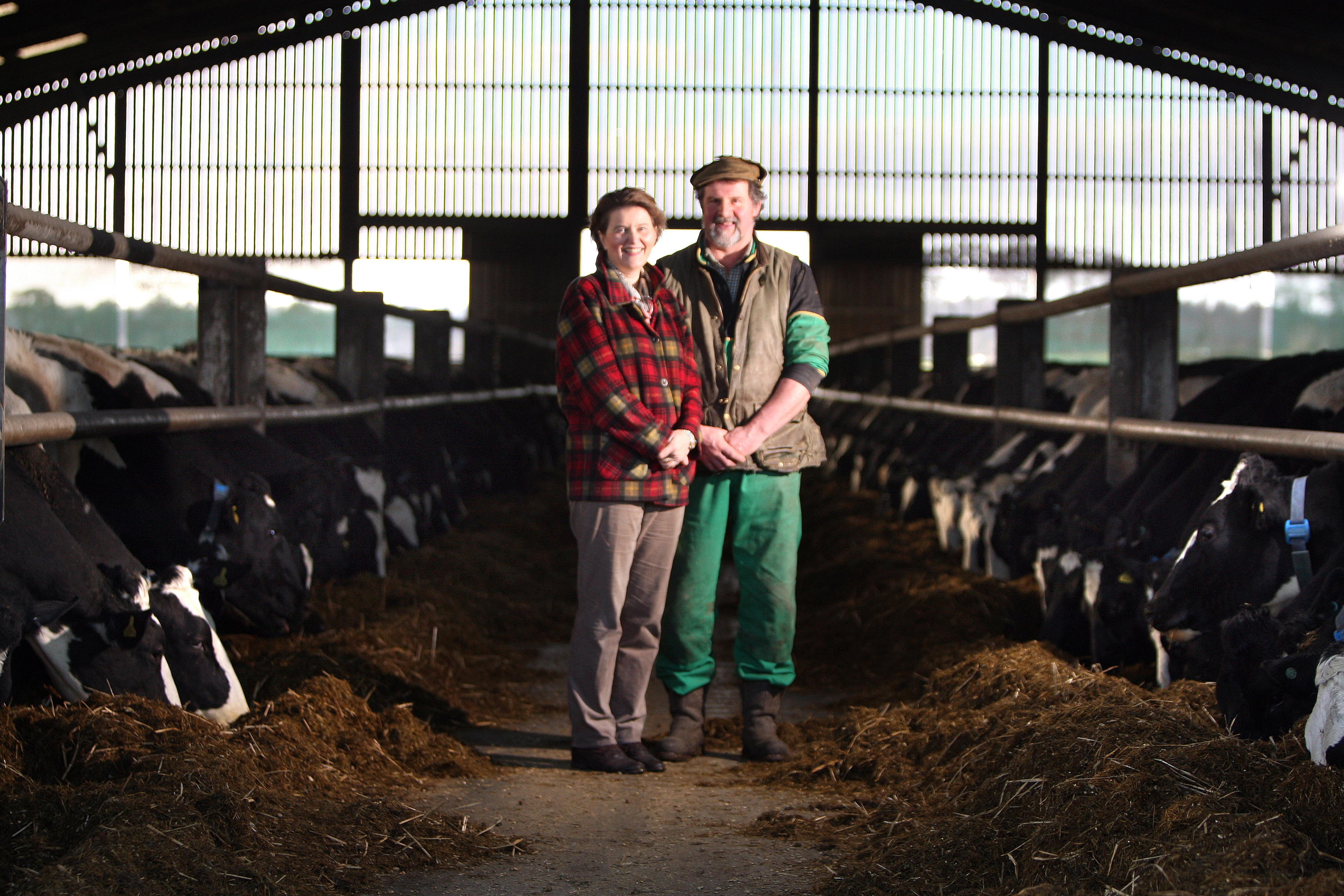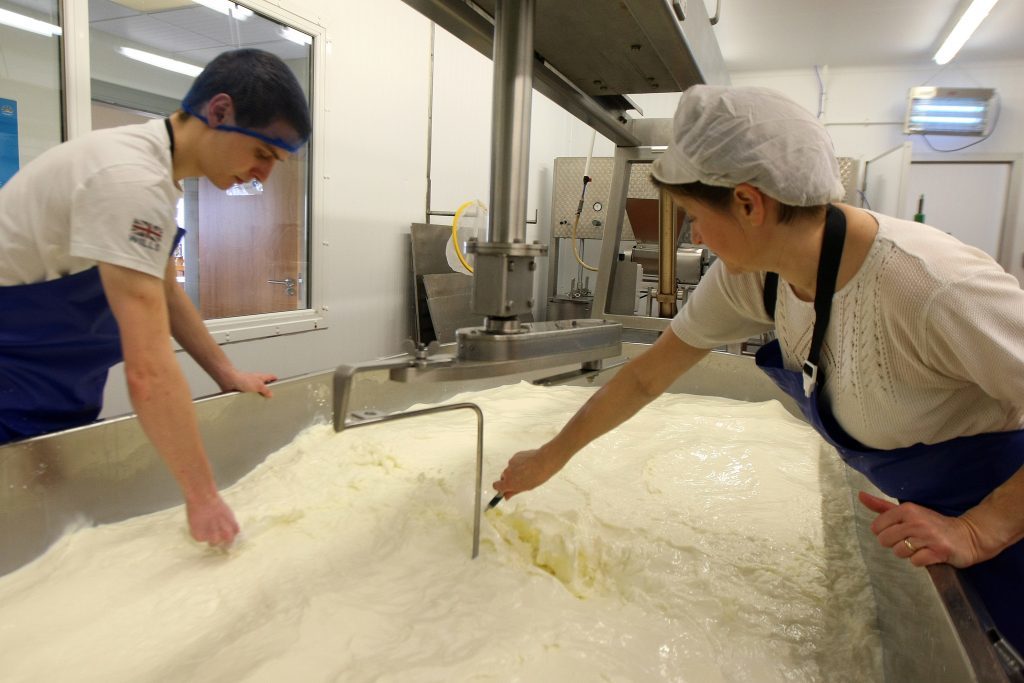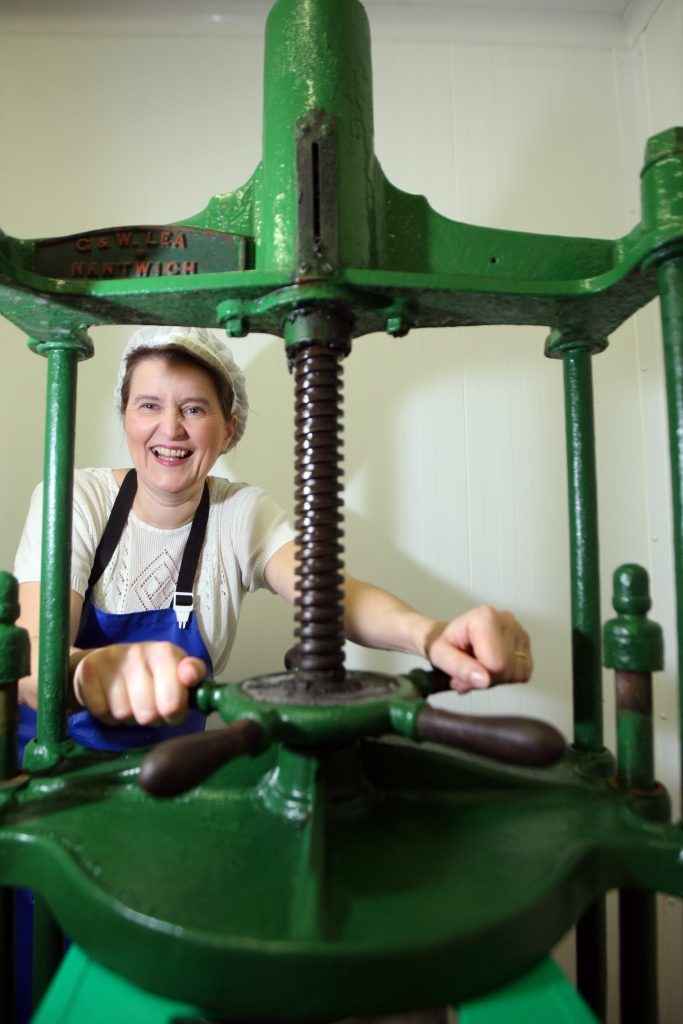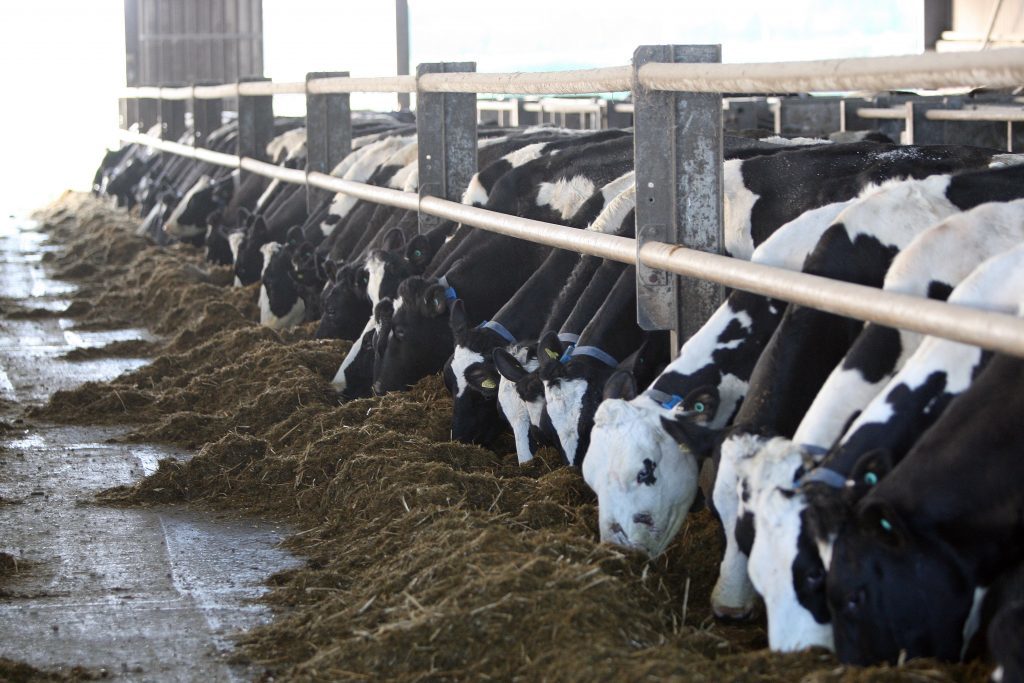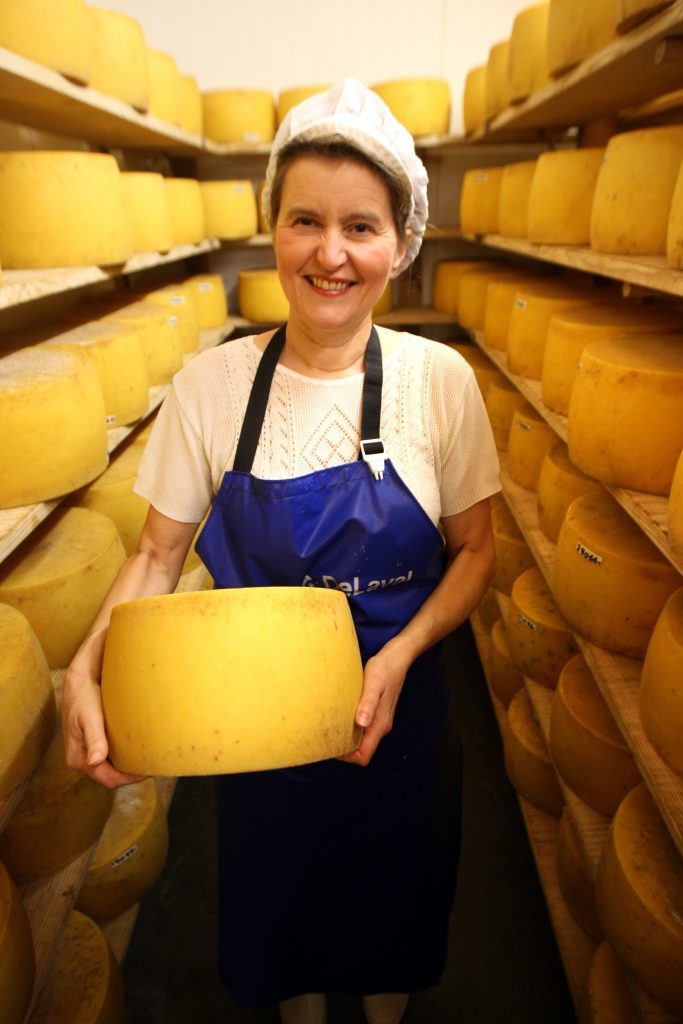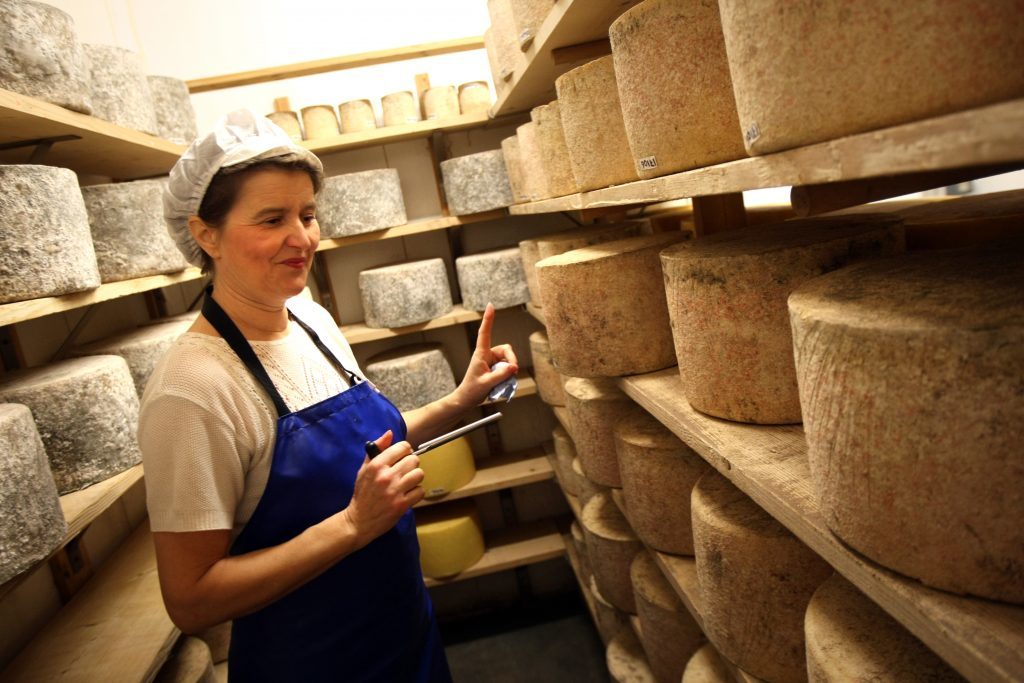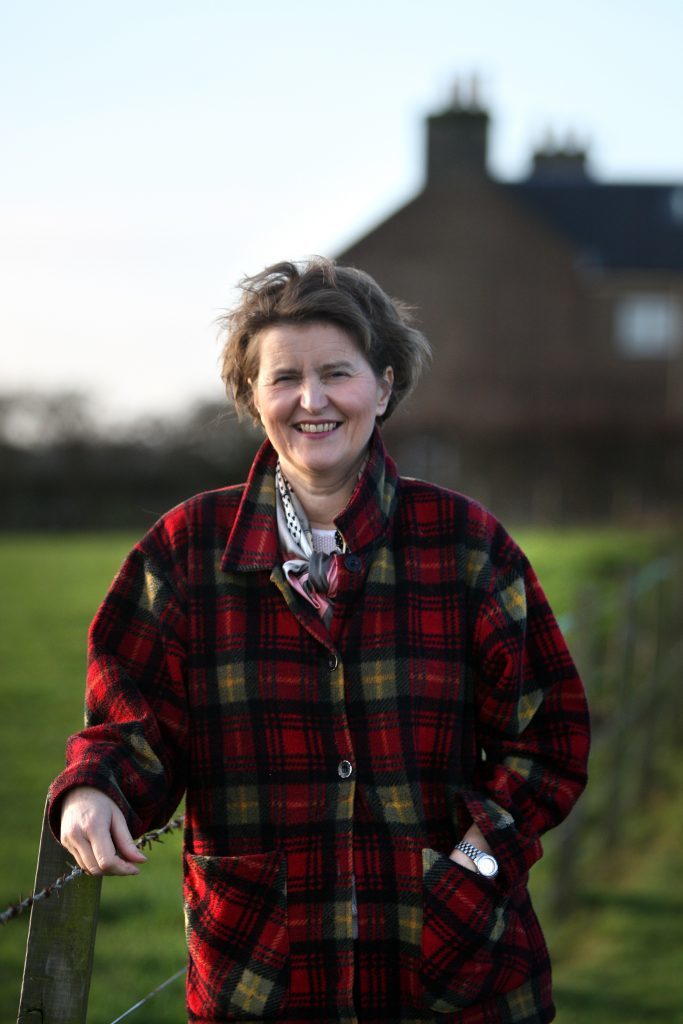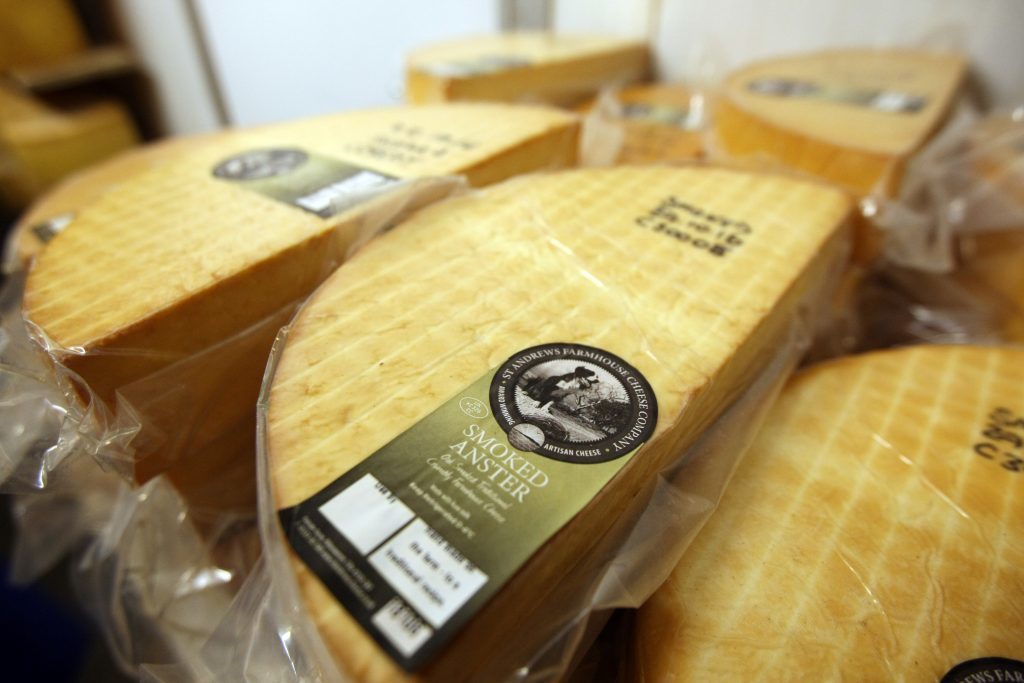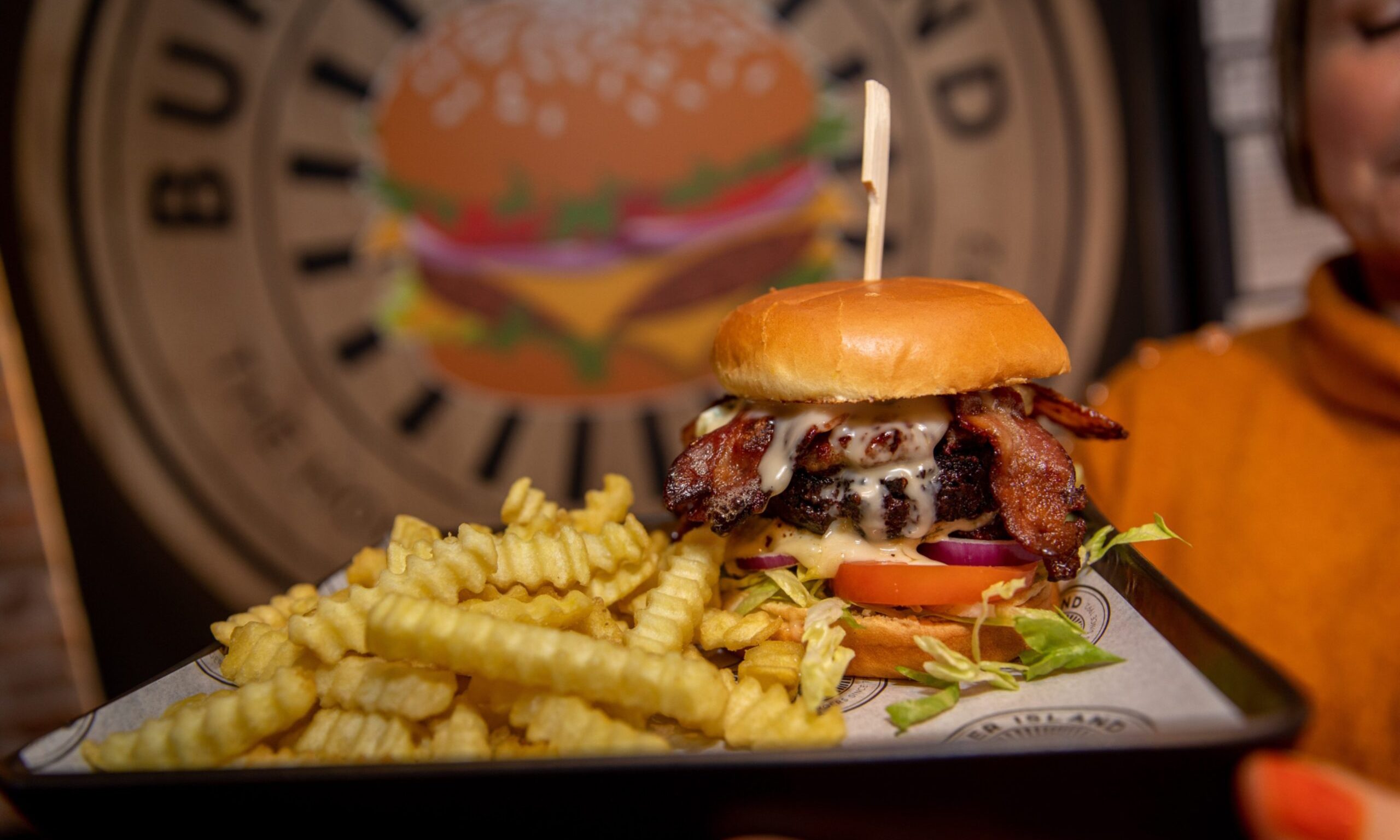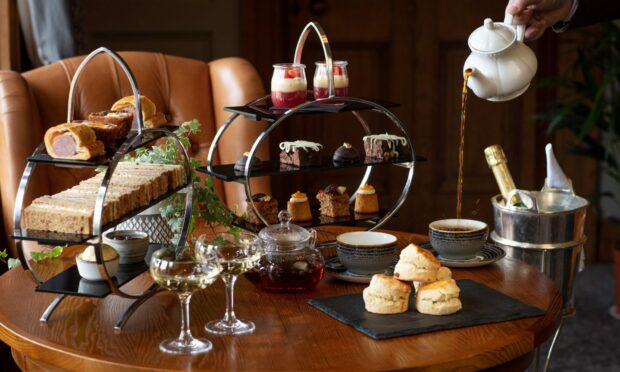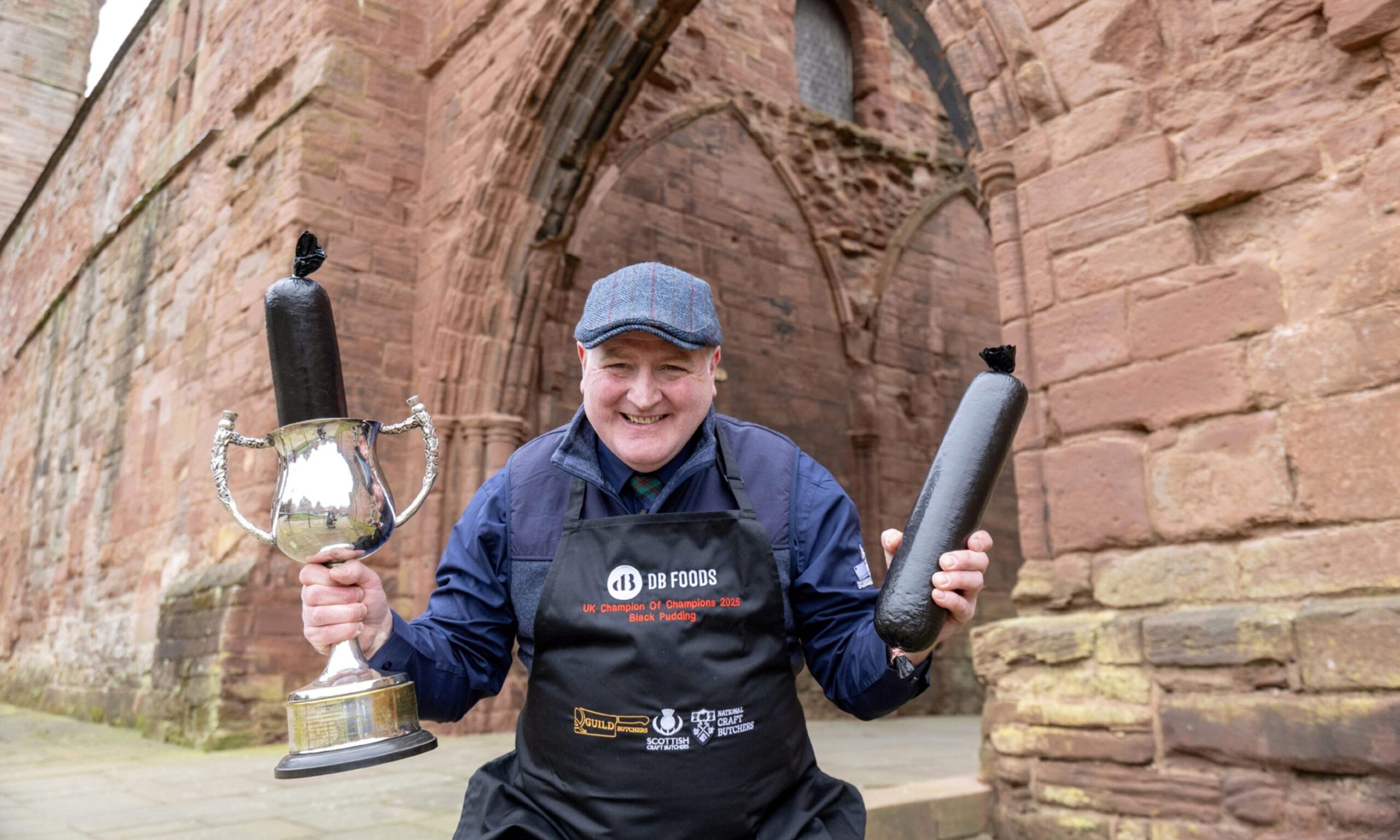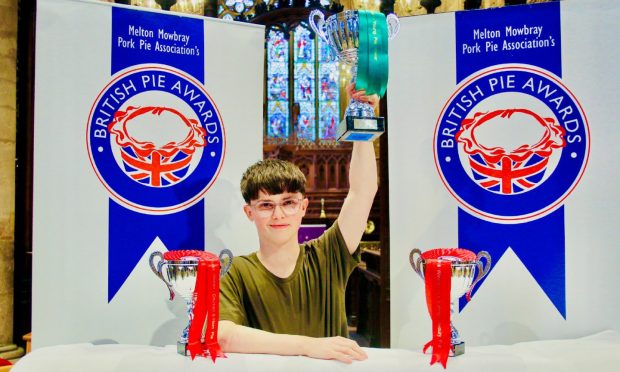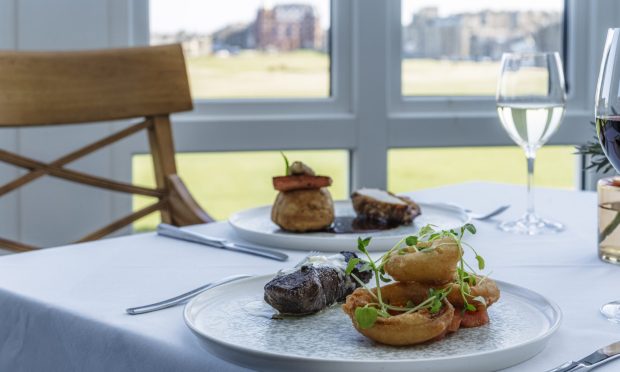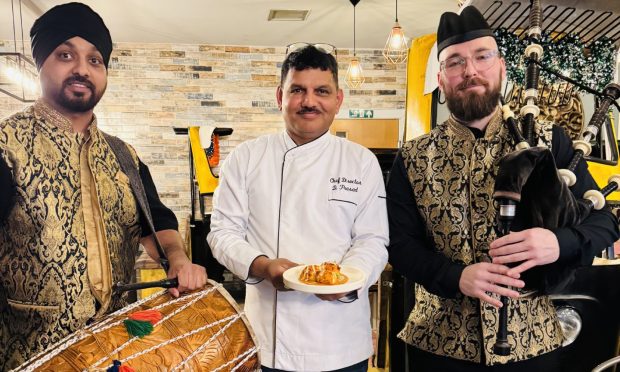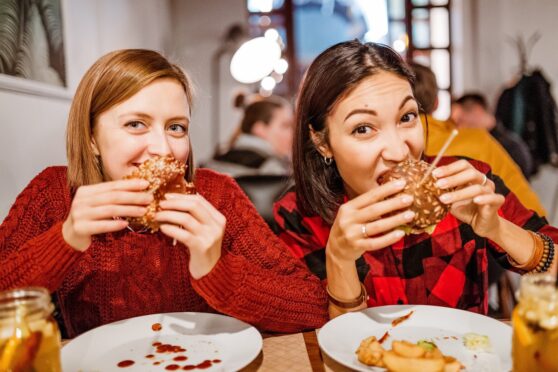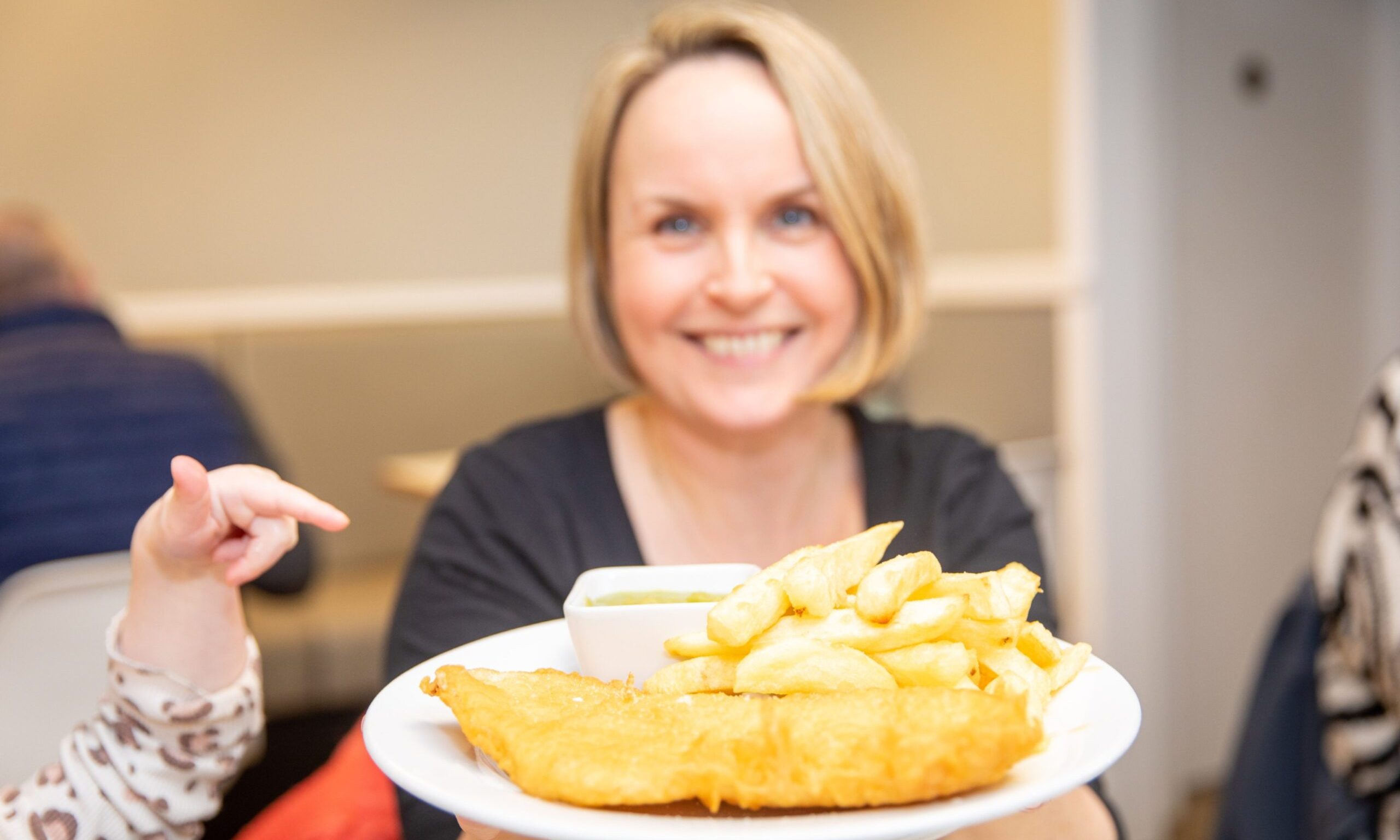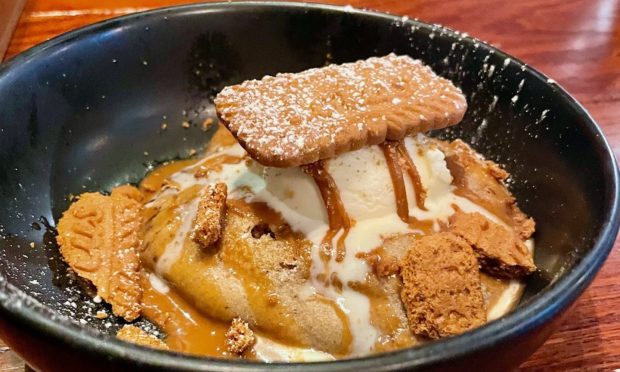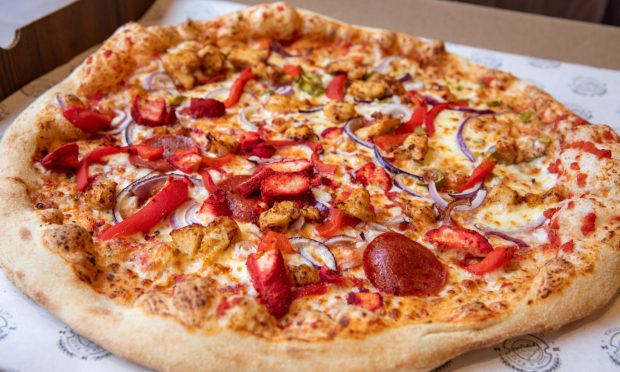What do you do if you’re a dairy farmer but selling milk alone isn’t enough to make a living?
About 10 years ago the price of milk was very poor so Fife-based dairy farmers Robert and Jane Stewart asked themselves how they could add value to the milk.
“Because both Robert and I loved cheese, we hit on the idea of making our own cheese. It was very important we found something we enjoyed if we were going to spend a huge amount of time doing it.
A cheese making crash course in Wales taught Jane the basics.
“I stayed with a couple called Leon and Joan Downey for a week, helping to make their award winning Llangloffan cheese,” Jane recalls.
“Leon was seeking to retire, and we wanted to start up, and so his 1000 litre cheese vat, cast iron cheese presses, moulds and other associated equipment found a new home with us at Falside Farm near Pittenweem, and in January 2008, we made our first batch of cheese,” she continues.
“Don’t waste that milk now” was Jane’s husband’s Robert’s cautionary comment to her on that first morning back in 2008 and cheese making has continued apace at Falside Farm – which enjoys panoramic views across the fields to the Forth of Forth – ever since.
“We usually make three days a week – Mondays, Tuesdays and Wednesdays, and we have now upscaled to a 2200 litre vat which we sourced from Holland, where it had been used to make Gouda near Amsterdam,” Jane says.
She explains that cheese making is a very natural experience.
“We take milk and warm it up, before adding rennet, an enzyme to ‘clot’ the curd. The ‘set’ curd is then cut (curds and whey), before stirring and further heating until the required size and temperature is reached, according to recipe). The whey is drained away, and the curd is cut into blocks, piled up, milled and salted, before being filled into moulds and pressed. These pressed ‘truckles’ are then moved into the cheese store to mature under carefully controlled conditions of temperature and humidity – imagine a cave, and you will have an idea of the sort of conditions that we need.”
The stars of the show are the home bred herd of glossy Holstein Friesians which provide the milk for the four types of award-winning cheese the farm produces: Anster, Red Anster, Mature Anster, Smoked Anster and St Andrews Farmhouse Cheddar.
“The cattle are predominately grass fed, but – just like us – they require a mixed diet for optimum health,” says Jane.
“We consult a nutritionist to get the balance just right, but the mix includes our own home grown barley, beans, silage, brewers’ grains, and sometimes, in the winter, brock carrots or potatoes which the cows love.”
Jane admits that mastering the art of successful cheese making hasn’t been without its challenges.
“It takes time to get to grips with the many aspects of cheese making – it is a mix of craft and science, and the standards of hygiene are, of course, also very exacting,” she says.
“There’s a lot of hard graft, attention to detail and commitment. And then once you’ve mastered the recipes, you learn that the milk changes with the seasons and you need to understand the whys and wherefores of that. In addition there’s the marketing side – it’s no good having a shed full of product if you don’t have anyone to sell it to.”
Jane enjoys nothing more than being hands on.
“If it’s a cheese making day I’ll be very involved with that – it takes all day. Then there’s the marketing, trade shows and farmers markets at weekend – that’s my social life!” she laughs.
Visitors to the farm can enjoy the whole field to plate experience in the coffee shop where they can also watch the cheese being made through the viewing gallery windows.
“Going forward we’d like to get our cheese known to a wider audience and start exporting abroad,” says Jane.
“Our ambition has always been to make a few cheeses very well, of very high quality and consistency, rather than lots of products and risk watering down the quality,” she says firmly.
www.standrewscheese.co.uk
